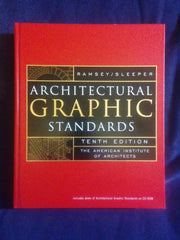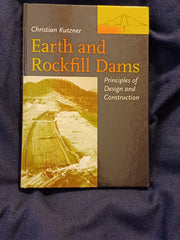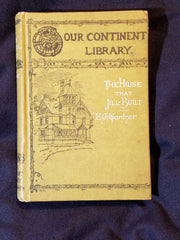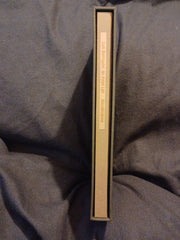Mask of Medusa - Works 1947-1983 by John Hejduk. Hardcover with dust jacket.
Mask of Medusa - Works 1947-1983 by John Hejduk. Edited by Kim Shkapich. Rizzoli International Publications. (1985). Possible first printing with no statement of later printing on copyright page. ISBN-10:0847805670. 9 1/2" x 12 3/8" 463 page Hardcover with dust jacket. DUST JACKET: I find two pin-head sized spots on the front flap of the dj. No unusual folds or creases. No tears. No clips. No missing pieces. Now protected by a removable mylar dj cover. Remnants of price sticker on the front flap of the mylar cover. BOOK: Very light cover edge wear. Very light dust soiling to top of page block. Erasure marks on the first white page. No other previous owner markings. No tears, folds or creases to pages. Binding is tight with no looseness to pages. Not ex-library, not remaindered and not a facsimile reprint. For sale by Jon Wobber, bookseller since 1978. HH27b
"John Quentin Hejduk (July 19, 1929 – July 3, 2000) was an American architect, artist and educator of Czech origin who spent much of his life in New York City. Hejduk is noted for having had a profound interest in the fundamental issues of shape, organization, representation, and reciprocity.
His early work and curriculum grew from a set of exercises exploring cubes, grids, and frames, through an examination of square grids placed within diagonal containers set against an occasional curving wall, towards a series of experiments with flat planes and curved masses in various combinations and colors.[1] To aid his research he was awarded a grant from the Graham Foundation in 1967. Eventually, John Hejduk's "hard-line" modernist space-making exercises, heavily influenced by Frank Lloyd Wright and Ludwig Mies van der Rohe, moved away from his interests in favor of free-hand "figure/objects" influenced by mythology and spirituality, clearly expressing the nature of his poetry. The relationship between Hejduk's shape/objects and their surroundings is a controversial subject, raising questions similar to those raised by the early houses of Peter Eisenman.
The architectural historian K. Michael Hays has described Hejduk's architecture as one of "Encounter", describing Hejduk's objects as seeming "impossibly, to be aware of us, to address us. And yet we see not the gratifying reflection of ourselves we had hoped for but another thing, looking back at us, watching us, placing us", articulating Hejduk's work from a post-modern Lacanian perspective as more "literary" than that of his peers." - Wikipedia



















